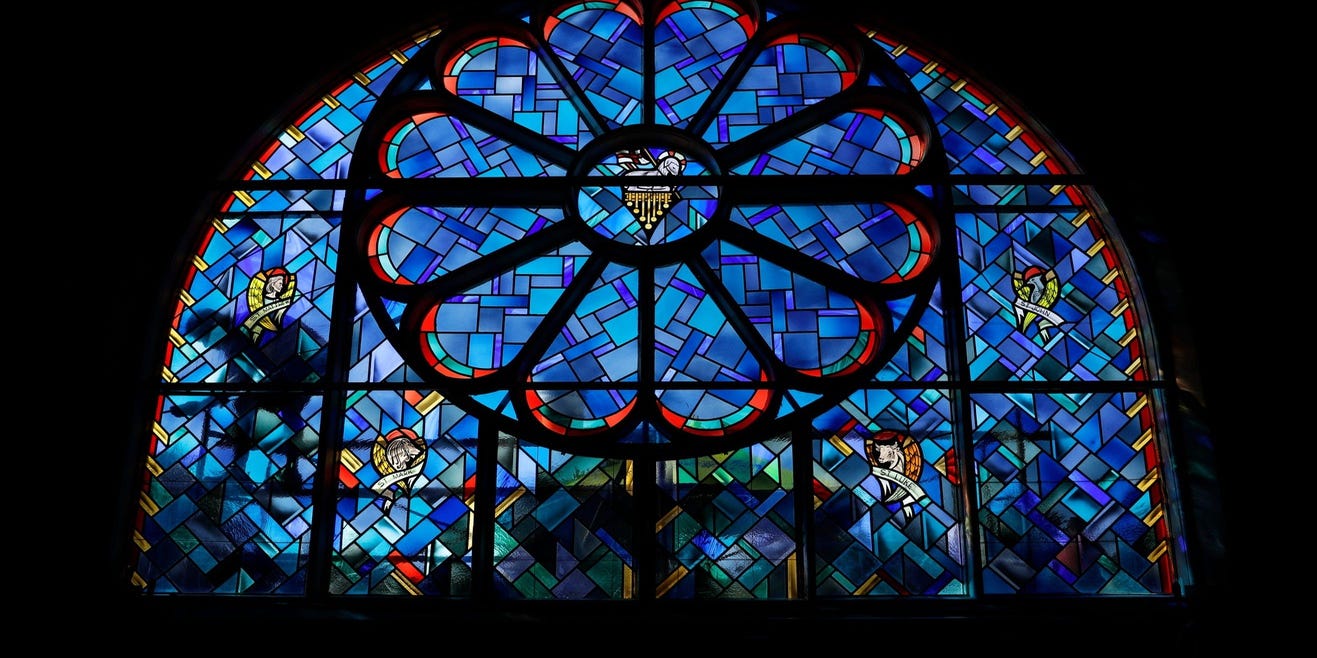Faith, Funding, and Education: Supreme Court Wrestles with Charter School Controversy

The Supreme Court is set to tackle a pivotal case that could reshape the delicate balance between church and state, centering on a Catholic charter school in Oklahoma. This landmark legal battle promises to test the boundaries of religious freedom and public education funding.
At the heart of the controversy is a fundamental question: Can public funds be used to support religious educational institutions? The case brings to light complex constitutional tensions surrounding the First Amendment's establishment clause and the growing debate over school choice.
The Oklahoma Catholic charter school represents more than just a local educational issue—it's a potential watershed moment for how America interprets the separation of church and state. Legal experts and education advocates are watching closely, understanding that the Supreme Court's decision could have far-reaching implications for religious schools and public funding across the nation.
As the justices prepare to hear arguments, the case highlights the ongoing dialogue about religious liberty, educational access, and the evolving interpretation of constitutional principles in modern American society.
Stay tuned as this critical legal showdown unfolds, potentially redefining the relationship between public funding and religious education.
